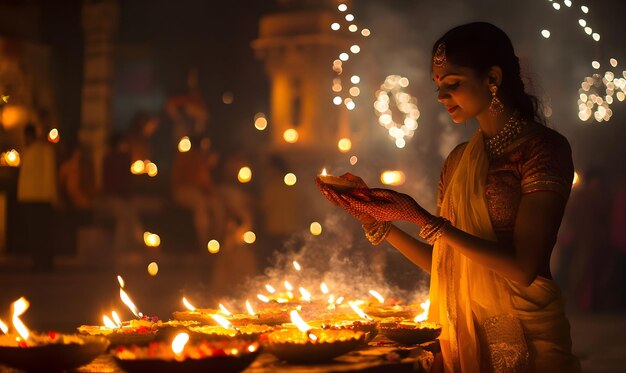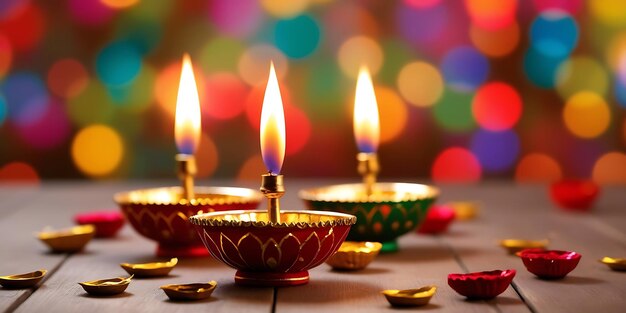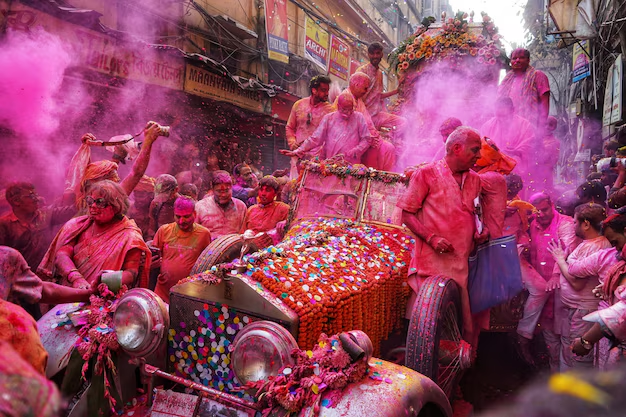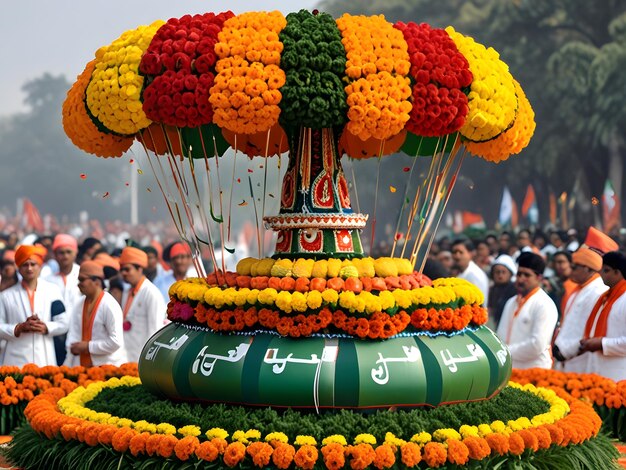
Festivals have been an integral part of human culture for centuries, providing an opportunity for communities to come together, celebrate shared values, and honor deep-rooted traditions. Across the world, festivals serve as a powerful expression of cultural identity, creativity, and joy. From vibrant parades and music-filled streets to quiet, sacred ceremonies, each festival is a unique celebration that reflects the essence of a region’s history and people. This article takes you on a journey through some of the world’s most colorful, music-filled, and tradition-rich festivals.
1. Carnival in Brazil: The Spirit of Samba and Spectacle
Brazil’s Carnival is arguably one of the most famous festivals in the world, celebrated with unparalleled energy and joy. Held annually before Lent, Carnival is a time for music, dance, and extravagant costumes. The heart of Carnival is in Rio de Janeiro, where samba schools from across the city compete in the Sambadrome, a stadium dedicated to the grand parade.
During the festival, the streets are filled with samba music, drummers, and dancers, all adorned in elaborate costumes that sparkle with sequins, feathers, and beads. The rhythm of the samba, a genre of music that originated in Brazil, reverberates through the air, inviting everyone to join in the celebration. Beyond the parade, block parties, or “blocos,” take over neighborhoods, creating an atmosphere of unity, joy, and freedom. Carnival is a stunning fusion of tradition, music, and art, offering a glimpse into Brazil’s rich cultural history and its love for life and celebration.
2. Diwali in India: A Festival of Light and Joy
Diwali, the Hindu festival of lights, is celebrated with great fervor and devotion across India and other parts of the world. Symbolizing the triumph of light over darkness and good over evil, Diwali is a time for family gatherings, prayers, feasts, and the lighting of oil lamps, or “diyas,” which illuminate homes and streets.
During Diwali, cities like Delhi, Jaipur, and Varanasi are aglow with decorations of twinkling lights, firecrackers, and colorful rangoli patterns drawn at doorsteps. The streets are filled with the sounds of fireworks and the smells of delicious sweets like laddus and jalebis. The festival’s spiritual significance is rooted in the ancient tales of Lord Rama’s return to his kingdom after vanquishing the demon king Ravana, marking his return with a joyous celebration of light.
What makes Diwali truly special is its sense of unity, as families and communities come together to celebrate love, wealth, and good fortune. Diwali is not just a visual spectacle—it’s a cultural and spiritual experience that transcends religious boundaries, offering a glimpse into India’s deeply spiritual traditions.
3. Oktoberfest in Germany: A Celebration of Beer, Music, and Tradition
Oktoberfest, held annually in Munich, Germany, is the world’s largest beer festival and one of the most eagerly anticipated celebrations of the year. Starting in late September and continuing into early October, the festival attracts millions of visitors from around the globe who come to experience Bavarian culture, food, and of course, beer.
At Oktoberfest, guests can enjoy a variety of traditional German beers served in massive steins, accompanied by hearty Bavarian dishes like bratwurst, pretzels, and roast chicken. The festival is more than just about beer; it’s a vibrant celebration of Bavarian traditions, with people dressed in lederhosen and dirndls, and folk bands playing polka music. Parades, amusement park rides, and cultural events add to the festive atmosphere, making it a memorable experience for all ages.
Oktoberfest embodies the heart of Bavarian hospitality and celebrates the region’s deep roots in brewing and folk traditions. It’s a joyful reminder of the importance of community, culture, and shared traditions.
4. Chinese New Year: A Celebration of Renewal and Fortune
Chinese New Year, also known as the Spring Festival, is the most important traditional festival in China and is celebrated in many other countries with large Chinese populations. The festival marks the beginning of the lunar new year and is a time for families to reunite, honor ancestors, and pray for prosperity in the coming year.
The streets are transformed into a sea of red and gold—the colors of good luck—while dragon dances, lion dances, and fireworks light up the night sky. The festival is known for its festive foods, like dumplings, spring rolls, and rice cakes, all of which are believed to bring good fortune. Each year is associated with one of the 12 animals of the Chinese zodiac, and celebrations often include a deep sense of reverence for family and tradition.
Chinese New Year is also a time for gift-giving, especially the giving of “hongbao” or red envelopes filled with money, which symbolize wishes for good luck and prosperity. This festival is a blend of family rituals, traditional customs, and vibrant celebrations that emphasize renewal, unity, and happiness.
5. Holi in India: A Festival of Colors and Love
Holi, the Hindu festival of colors, is a joyous celebration that takes place across India and Nepal, and increasingly in other parts of the world. Celebrated in March, Holi marks the arrival of spring and is a time to celebrate love, friendship, and the victory of good over evil.
During Holi, people take to the streets to throw brightly colored powders at one another, resulting in a riot of colors that turns cities and villages into a kaleidoscope of hues. Music, dance, and bonfires accompany the celebrations, with traditional folk songs and energetic dancing creating an atmosphere of pure joy. It’s a festival that transcends social barriers—during Holi, everyone, regardless of caste, gender, or age, comes together to celebrate.
Holi also has a deep spiritual significance, commemorating the story of Prahlad, a devotee of Lord Vishnu, who was saved from his evil aunt Holika by divine intervention. The festival’s celebration of color represents the joy and vitality of life, while also reminding people to forgive, forget, and embrace the spirit of unity.
6. La Tomatina in Spain: A Feast of Tomatoes and Fun
La Tomatina, held annually in the town of Buñol, Spain, is perhaps the world’s most unique and wildest food fight festival. Held on the last Wednesday of August, La Tomatina sees thousands of people from around the world gather in the town’s streets to engage in a massive tomato fight.
The origins of La Tomatina are unclear, but the event has become a beloved tradition in Spain. Participants hurl ripe tomatoes at each other, creating a spectacle of red chaos, all while laughing, dancing, and enjoying the festival’s carefree nature. While it may sound messy, the event is well-organized, with safety precautions in place, and it’s a symbol of fun, camaraderie, and freedom.
Beyond the tomato fight itself, La Tomatina embodies the spirit of Spain’s passion for celebration and revelry. The event has grown in popularity, attracting international tourists each year, and it reflects the importance of festivals as a way for people to connect, let loose, and enjoy the joy of life.
Conclusion: Festivals as a Global Tapestry of Tradition and Culture
From the explosive colors of Holi and the rhythmic beats of Brazil’s Carnival to the serene lights of Diwali and the boisterous celebrations of Oktoberfest, global festivals offer a window into the diverse cultures, traditions, and values that shape our world. These festivals are more than just celebrations—they are the threads that connect generations, honor history, and bring communities together.
As we celebrate these vibrant festivals, we not only witness the artistry and creativity of cultures around the world but also appreciate the shared human desire to celebrate life, love, and togetherness. Whether through music, food, dance, or rituals, festivals remind us that, despite our differences, we all have reasons to celebrate the beauty of our existence and the richness of our collective heritage.



